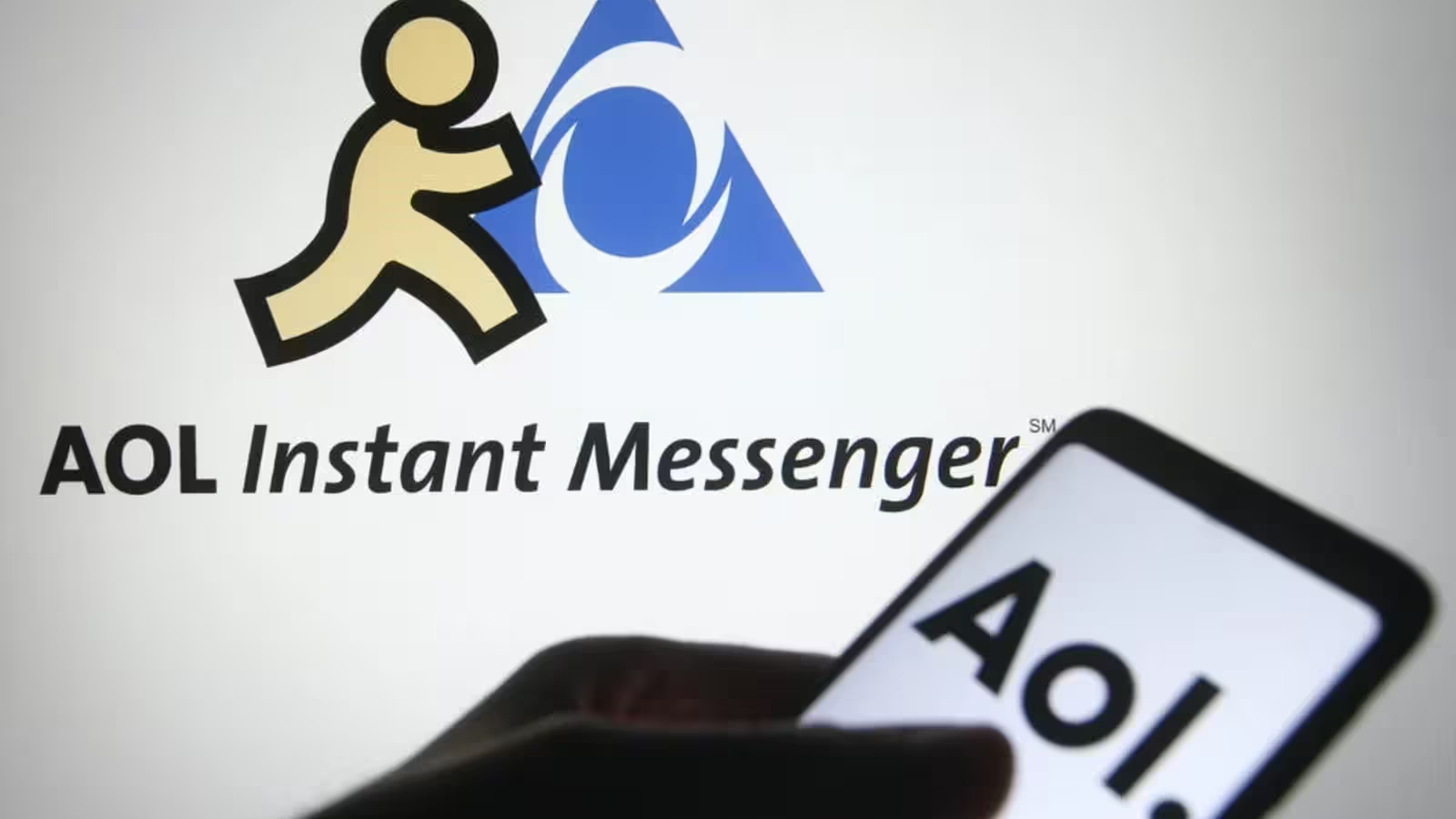5 Minutes
A landmark retirement in internet history
After 34 years on the line, AOL is retiring its classic dial‑up internet service. In a notice posted to its support pages, the company said it will discontinue Dial‑up Internet and retire the AOL Dialer application, with the service slated to end on Sept. 30, 2025. The move marks another turning point in the long decline of legacy internet products as modern broadband and mobile networks dominate.
What was AOL dial‑up and how did it work?
Launched in 1991, AOL’s dial‑up relied on a computer modem and a telephone line to establish a temporary internet connection. Speeds were measured in kilobits per second (kbps) — typically topping out around 56 kbps — and connections were known for their distinctive handshake sounds. By today’s standards those speeds are glacial, but the service once enabled millions to browse the early web, check email and participate in online communities.
Product features and limitations
Features
- Simple setup using standard telephone lines and modems.
- Pay‑per‑use or subscription options that historically appealed to budget‑conscious users.
- Low infrastructure requirements — no local fiber or cable drop needed.
Limitations
- Very low throughput (up to ~56 kbps), unsuitable for streaming, cloud apps, or large downloads.
- Connection is non‑persistent — each session requires dialing and authentication.
- VoIP and simultaneous phone use are typically incompatible without extra hardware.
Dial‑up vs. modern broadband and mobile networks
Broadband technologies — cable, DSL, fiber‑optic, and fixed wireless — provide always‑on connectivity at speeds from dozens of megabits per second up to multiple gigabits. Mobile networks (4G/5G) and Wi‑Fi have further reduced reliance on phone‑line internet. Where dial‑up peaked at tens of kilobits, today’s average broadband plans commonly deliver hundreds of megabits per second, enabling 4K streaming, large file transfers, and low‑latency gaming. The speed and reliability gap is the primary technical reason dial‑up has become obsolete for most users.
Why dial‑up persisted and who still uses it
Despite its limitations, dial‑up endured in many places because of infrastructure gaps and affordability. Rural broadband availability remains uneven — the U.S. Department of Agriculture estimates roughly 22% of Americans in rural areas still lack broadband access. Census Bureau data showed around 163,000 U.S. households still using dial‑up as recently as 2023, a small but persistent slice of subscriptions. For some users, dial‑up was the only economically feasible way online or the only available option in remote locations.
Use cases and market relevance
Today, remaining dial‑up use cases include: running legacy industrial or medical equipment that requires a phone‑line interface, maintaining access in very remote properties, supporting certain low‑bandwidth telemetry systems, or serving as an emergency fallback when primary internet fails. Commercially, however, dial‑up’s market relevance has collapsed: from over two million users and more than $40 million in monthly revenue in 2015 to just a few thousand users in recent years.
Legacy internet services being retired
AOL’s decision follows a wave of retirements for early internet products. Microsoft retired Internet Explorer in 2022, AOL discontinued AIM in 2017, and other legacy teleconferencing and messaging products have been phased out as users shift to modern platforms like Zoom, Teams and Google Meet. The shutdown underscores a broader consolidation around higher‑speed, lower‑latency networking and cloud‑native services.
What users should do next
Customers still using AOL dial‑up should plan to transition before the September 30 cutoff: assess alternatives like fixed broadband, fixed wireless, satellite internet, or mobile hotspot plans. For households in underserved regions, local broadband initiatives, government subsidy programs and community ISPs may offer upgrade paths. Where legacy equipment must remain online, private networking solutions or managed connectivity providers can sometimes replicate simple telemetry links without dial‑up.
The sound of a modem handshake will become a relic of internet history — a nostalgic reminder of the web’s early days. But for most users, the closure simply finalizes a shift toward faster, always‑connected networks that power today’s digital economy.
Source: gizmodo


Leave a Comment